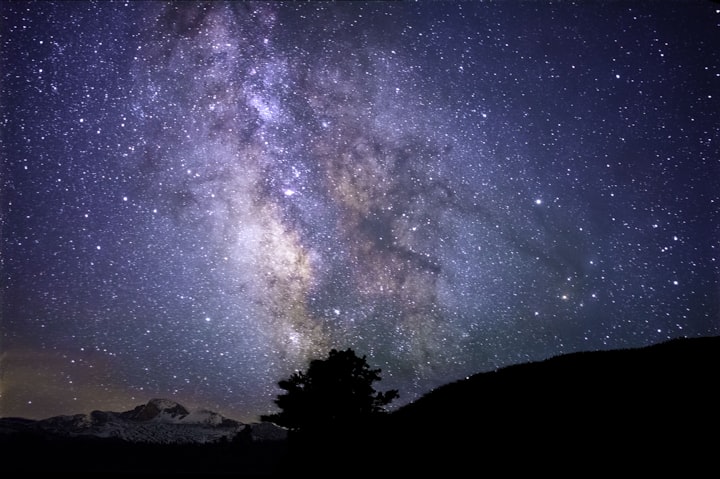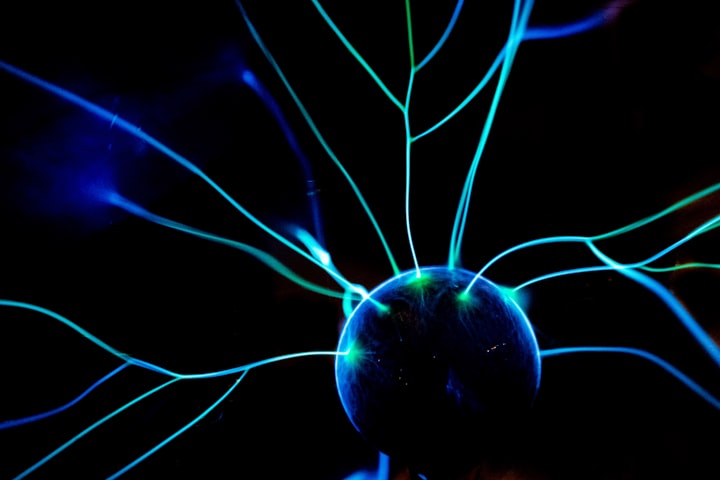At the point when the light is completely turned off, the brilliant sky is actually amazingly wonderful
"Dimness was commended in the Netherlands, just like the little accomplishments in the battle against light contamination"

"Chilly, clear, winter climate: then, at that point, you see the sky at its best. Then, at that point, you have not many dampness particles noticeable all around that enhance light contamination and ruin the difference." Frans Kroon motions to the brilliant vault above him. "On dry days we open the rooftop here and guests can glance through the telescopes. Lamentably, this evening the vault will stay shut. An excessive amount of downpour."
Kroon has been working here as a volunteer at Copernicus Observatory in the ridges close to Overveen for around thirty years. Ordinarily on Friday evening, yet today, incredibly, additionally on Saturday. "The Night of the Night draws in an enormous crowd."
'Leave the dull alone dim', with this trademark the commonplace natural leagues have been putting together the Night of the Night consistently starting around 2005. Toward the finish of October, on the night that the colder time of year time begins, exercises occur all through the Netherlands to commend the murkiness. From bat trips to night photography and from candlelight contemplation to a visit to the observatory. Multiple hundred exercises were coordinated during the seventeenth version this year. What's more, the lights were briefly turned off at a wide range of areas, incorporating the Dom Tower in Utrecht and the City Hall in The Hague. Everything to produce consideration for that one subject: light contamination.
Rest unsettling influence
ALAN, Artificial light around evening time – that is the logical term utilized while investigating fake light. A more unbiased idea than light annoyance or light contamination, however practically speaking it boils down to exactly the same thing. An excess of fake light upsets nature and many individuals' rest: in 2013, RIVM determined that 3% of the Dutch populace is upset by streetlights and other splendid outside lighting. Dutch environmentalists distributed an article last year in the logical diary Current Biology, which showed that fake light negatively affects moths.
The counterfeit light is plainly apparent on evening satellite pictures. In the event that you take a gander at a guide of Europe, you will see that the Netherlands – and particularly the Randstad – is one of the leaders in the field of light contamination. Nursery agriculture makes a significant commitment, however business lighting and road lighting likewise contribute. The Atlas of the Living Environment distributes another guide with the public light outflow like clockwork. This shows that the pattern isn't obvious: in certain spots light contamination is expanding, in others it is declining.
Winter tennis nights
The light disturbance has expanded in late a long time around Copernicus Observatory, says Kroon. "On the Bortle scale – which decides how recognizable galactic items are – we score here all things considered a 2 or a 3, while you really wanted somewhere around a 7 for great perceivability. Schiphol, Haarlem and the Hoogovens are excessively close. What's more, as of late we had a contention with the nearby tennis court, on the grounds that the affiliation needed to coordinate its colder time of year tennis nights during our perception nights. Luckily, that question has now been settled."
Kroon tells how he originally saw the Milky Way above him in the late fifties, when he was six. "Simply in the city in Haarlem. You can't envision that these days." Yme (10) and Ramses Munk (8) gesture. They cycled with their dad to the observatory particularly out of appreciation for the Night of the Night, from their home on the edges of Haarlem. "In some cases we see stars from the room, yet it never truly gets dull."
All things considered, drives to battle light contamination appear to be proving to be fruitful. A report by the NachtMeetNet distributed toward the finish of 2020, which planned light emanations in the Netherlands for a very long time, showed that light contamination is expanding by around 0.6 percent every year, while the increment was somewhere in the range of 3 and 5 percent before that. Mindfulness, including through drives like the Night of the Night, assumes a significant part in this. Be that as it may, the expansion in LED lighting makes careful examination troublesome. Driven lights regularly discharge somewhat pale blue light, in frequencies that are not really seen by satellites. Thus, the real expansion in light contamination might be a lot more prominent than shows up as of now, a worldwide exploration group closed the previous summer in the exchange diary Remote Sensing.
Portable light posts
Contrasts in light tone are significant in examination into light contamination, says scientist Kamiel Spoelstra of the Wageningen research organization NIOO-KNAW on the telephone. "It's not simply the force that assumes a part." Spoelstra was one of the initiators of the moth research from 2020, which occurred as a component of the Licht operation Landschap project. Utilizing versatile light posts, in addition to other things, he and his associates take a gander at the impact white, green and red light have on creatures – on bugs, yet additionally on bats, wood mice and little mustelids. "In this manner we attempt to discover what the limit esteems are for light contamination for different creature species: at what level of light power is their normal conduct upset? What's more, that edge worth can contrast per light tone." For instance, the fascination of moths by red light seems, by all accounts, to be less solid.
Researchers from varying backgrounds are uniting to examine light contamination. For instance, Spoelstra is an individual from the BioClock consortium, a coordinated effort of chronobiologists. "They explicitly take a gander at the impact of light and light contamination on the human day-night beat." Astronomers are likewise regularly effectively associated with examination into light contamination: all things considered, an excessive amount of encompassing light upsets their perceptions.
Somewhat therefore, another telescope was introduced in Lauwersmeer in the north of Groningen. Stargazing teacher Amina Helmi is excited. "We additionally have an observatory on the University of Groningen grounds, yet there is a great deal of surrounding light there, which implies that the conditions are problematic for mentioning observable facts," she says by phone.
The new telescope, which can be worked from a distance from Groningen, is situated in a secured region: in 2016 the International Sky Park Association proclaimed Lauwersmeer, actually like the Boschplaat on Terschelling, a Dark Sky Park – where haziness stays ensured. Important, says Helmi. "For research, yet in addition for the experience. Such a tremendous brilliant sky above you, that stays mystical."
Kroon of Copernicus Observatory concurs with her. "See, as far as perceptions, our observatory doesn't coordinate with those on La Palma or in Chile, for instance. However, sharing the marvel about the universe is as yet amazing. That is why you do it."






Comments
There are no comments for this story
Be the first to respond and start the conversation.